Introduction
Dala Pi, a beloved traditional dish from Northeastern China, has captured the hearts and palates of food enthusiasts worldwide with its unique texture and versatile flavors. Often referred to as “Chinese jelly noodles,” this dish is celebrated for its chewy, translucent appearance and refreshing cold preparation. While hot variations exist, the liangban (cold-mixed) style is particularly popular during sweltering summers, offering a light yet satisfying meal. This article delves into the history, ingredients, and step-by-step process of crafting the perfect cold-mixed Dala Pi, ensuring even novice cooks can master this culinary treasure.
What Is Dala Pi?
Dala Pi is a starch-based noodle made primarily from potato or sweet potato starch. Unlike wheat-based noodles, it has a gelatinous, slippery texture that absorbs flavors exceptionally well. The name “Dala Pi” originates from the Mandarin words “da” (to pull or stretch) and “la pi” (skin or membrane), referencing the method of stretching the dough into thin sheets before slicing it into noodles. Historically, this dish emerged as a peasant food, utilizing readily available starch to create a filling, affordable meal. Today, it transcends its humble roots, gracing tables at restaurants, street food stalls, and home kitchens alike.
Ingredients: Building Blocks of Flavor
To recreate authentic cold-mixed Dala Pi, gather the following ingredients, divided into two categories: the noodle base and the flavorful sauce.
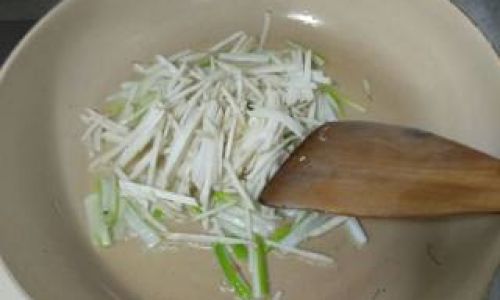
For the Noodles:
- 1 cup potato starch (or sweet potato starch)
- 1 cup water (for mixing)
- 4 cups water (for boiling)
- A pinch of salt (optional, for subtle seasoning)
For the Sauce (adjust quantities to taste):
- 2–3 tablespoons light soy sauce
- 1–2 tablespoons Chinese black vinegar (or substitute with balsamic vinegar)
- 1 tablespoon sesame paste (or tahini for a nutty twist)
- 1–2 teaspoons sugar
- 2–3 garlic cloves, minced
- 1–2 fresh red chilies or 1 teaspoon chili oil (adjust for spice)
- 1 tablespoon sesame oil
- 1 teaspoon Sichuan peppercorn oil (optional, for numbing heat)
- 2–3 tablespoons finely chopped cilantro
- 1/4 cup finely sliced green onions
- 1/4 cup roasted peanuts, crushed (optional garnish)
- 1/2 cucumber, julienned (for crunch)
- 1 small carrot, julienned (for color and texture)
Equipment Checklist:
- Large mixing bowl
- Whisk or wooden spoon
- Steamer basket or heatproof plate
- Chef’s knife and cutting board
- Large pot for boiling
- Ice bath (a bowl of ice water)
Step-by-Step Preparation
Crafting the Noodle Base
The foundation of great Dala Pi lies in achieving the perfect starch gel. Begin by combining the potato starch and 1 cup of water in a mixing bowl. Whisk vigorously until no lumps remain, creating a smooth, milky slurry. This mixture will thicken upon heating, so ensure consistency is even.
In a large pot, bring the remaining 4 cups of water to a gentle boil. Reduce the heat to low, then slowly pour the starch slurry into the pot while stirring continuously with a whisk. This step is critical: stirring prevents lumps and ensures even cooking. As the mixture heats, it will transition from opaque to translucent, becoming glossy and thick. Continue stirring for 8–10 minutes until the dough pulls away from the sides of the pot and resembles a sticky, elastic mass.
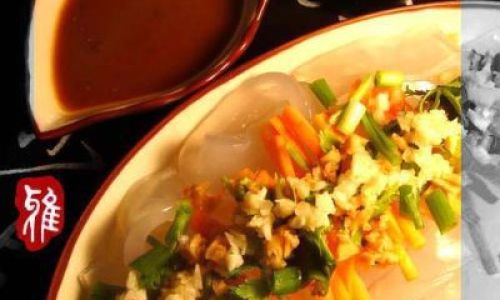
Steaming for Perfect Texture
Traditional methods involve steaming the dough to achieve the ideal chewiness. Lightly oil a heatproof plate or steamer basket to prevent sticking. Spread the cooked starch dough evenly across the plate, aiming for a 1/4-inch thickness. Place the plate into a steamer set over boiling water and steam for 15–20 minutes. This process cooks the dough thoroughly, enhancing its translucency and elasticity.
Cooling and Slicing
Once steamed, remove the plate and let the dough cool slightly until safe to handle. Fill a large bowl with ice water. Submerge the plate briefly, allowing the cold water to shock the dough and firm its texture. This step is crucial for achieving the signature “bouncy” texture.
Transfer the cooled dough to a cutting board lightly brushed with oil to prevent sticking. Using a sharp knife dipped in oil (to minimize drag), slice the dough into thin strips, approximately 1/4-inch wide. For authentic presentation, stack a few strips and cut them diagonally into shorter segments. Gently toss the noodles in a touch of sesame oil to prevent clumping.
Assembling the Flavorful Sauce
The sauce is the soul of cold-mixed Dala Pi, balancing savory, tangy, spicy, and aromatic elements. In a small bowl, combine the soy sauce, vinegar, sesame paste, sugar, minced garlic, and chili oil. Whisk until the sugar dissolves and the sesame paste emulsifies. For depth, add a drizzle of Sichuan peppercorn oil—its citrusy, tingling sensation elevates the dish.
Marrying Noodles and Sauce
Place the sliced Dala Pi noodles in a large mixing bowl. Pour the sauce over them, using tongs or chopsticks to toss gently. Ensure each noodle is evenly coated to maximize flavor absorption. Add the julienned cucumber and carrot, offering a refreshing crunch, and toss again.
Final Touches and Garnishes
Transfer the dressed noodles to a serving platter. Sprinkle liberally with crushed peanuts, cilantro, and green onions. For an extra layer of umami, drizzle a final touch of sesame oil. Some variations include a spoonful of fermented bean paste (doubanjiang) or a sprinkle of toasted sesame seeds.
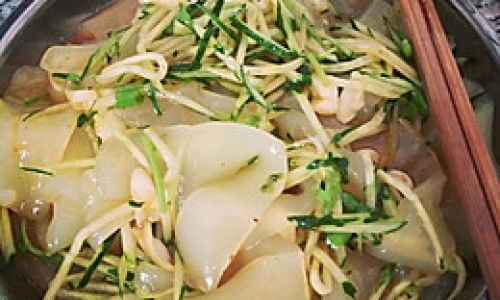
Tips for Perfection
- Starch Quality Matters: Opt for pure potato or sweet potato starch without additives. Avoid cornstarch, as it yields a gummy texture.
- Consistency is Key: If the starch slurry becomes too thick during cooking, whisk in 1–2 tablespoons of hot water to loosen it.
- Ice Bath Technique: Skipping the ice bath may result in gummy noodles. This step firms the texture and prevents overcooking.
- Customize the Heat: Adjust chili quantities to suit your palate. For a mild version, omit fresh chilies and use a minimal dash of chili oil.
- Vegan Adaptation: Substitute honey for sugar and ensure your soy sauce is vegan-friendly.
Serving Suggestions and Pairings
Cold-mixed Dala Pi shines as a standalone dish but pairs wonderfully with grilled meats, dumplings, or spring rolls. For a heartier meal, add protein such as shredded chicken, tofu, or boiled eggs. In Northeastern China, it’s often enjoyed with a side of pickled vegetables (pao cai) to balance the richness.
Cultural Significance
Beyond its culinary appeal, Dala Pi holds cultural weight as a symbol of resilience and resourcefulness. Born from necessity during lean times, it embodies the ingenuity of transforming simple ingredients into a feast. Today, it’s a staple at festivals, family reunions, and summer gatherings, evoking nostalgia and pride in regional heritage.
Conclusion
Mastering cold-mixed Dala Pi is a rewarding journey into the heart of Northeastern Chinese cuisine. By balancing starch preparation, sauce crafting, and artful assembly, you can recreate this timeless dish in your kitchen. Whether you’re a seasoned cook or a curious novice, the interplay of textures and flavors promises a memorable experience. So, gather your ingredients, embrace the process, and savor the cool, chewy embrace of Dala Pi—a testament to the art of simplicity elevated by tradition.
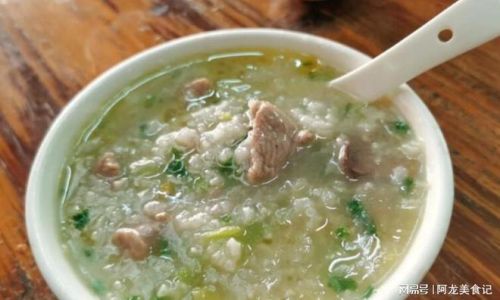
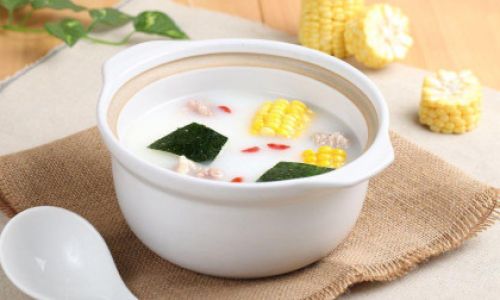



0 comments